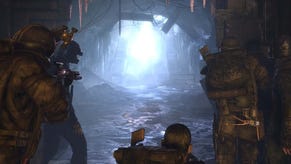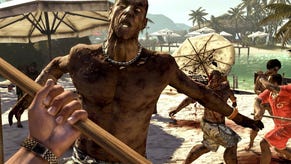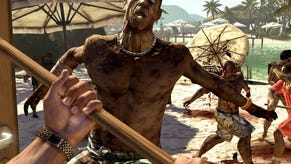Face-Off: Dead Island
On the slab.
The lack of graphical improvement with regards to the baseline visuals on PC perhaps isn't all that surprising when you consider that even some top-tier titles like Crysis 2 (before the DX11 and hi-res texture upgrades) and Deus Ex: Human Revolution use mostly the same assets between versions, with only little tweaks to separate them. The real benefit comes in running at higher resolutions like 1080p, in which the finer details found in the artwork appear far more pronounced, and the intricacies of some of the textures become fully appreciable. Dead Island is no different in this regard; ramping up the resolution does exactly what you'd expect it to - offer up more detail and clarity.
Techland's chosen post-process anti-aliasing solution also works quite well here too, with the blur being mitigated by the jump in pixel precision. Although, quite why there isn't an alternative multi-sample anti-aliasing option is puzzling to say the least, considering hardware constraints definitely aren't an issue. Instead, all signs point to a bit of a rush job where the PC release is concerned, with little being done to take advantage of the extra power on offer.
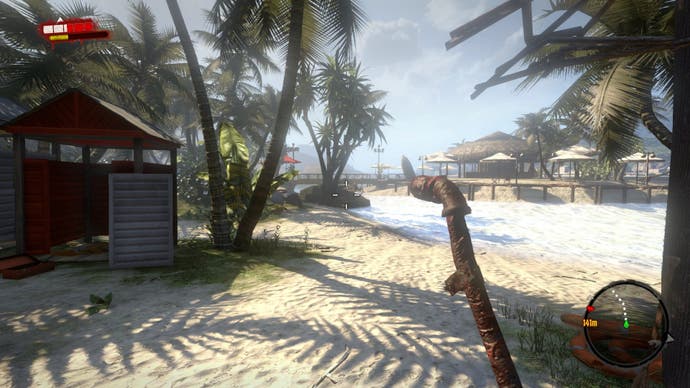
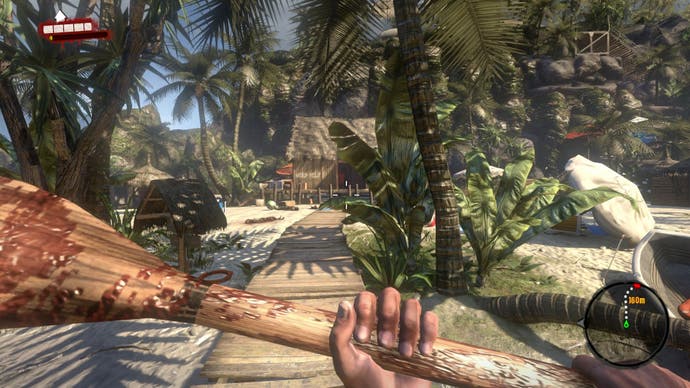
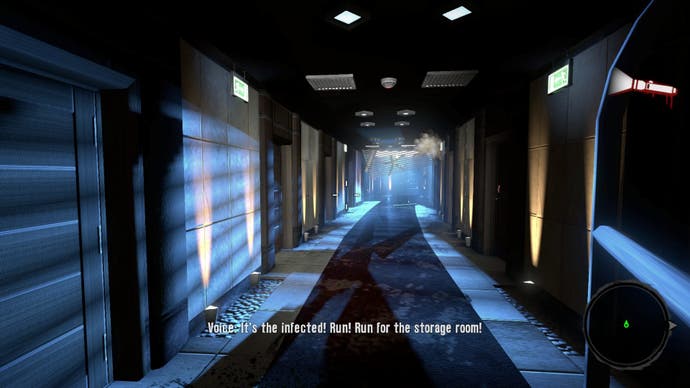
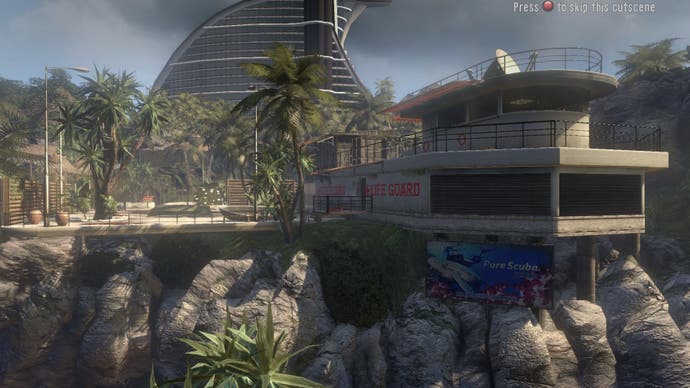
The texture streaming issues present in both console releases remain, being a match for the PS3 during cut-scenes, and slightly better than the 360 during gameplay. Interestingly, before we were able to play the game for the first time, we were presented with a message asking us to de-fragment the installed game data in order to allow for a "more seamless experience". But despite doing this to ensure the best performance possible, object pop-in and general streaming issues were still present. Perhaps switching to a SSD drive would present an actual improvement here.
We were also more than a little surprised to find that quarter-resolution alpha buffers are still in play. The use of low-resolution buffers is generally something restricted to the home consoles, where bandwidth is at a premium. In the PC space, the ability to scale up along with better hardware usually makes these concerns irrelevant, so it's quite bizarre that these compromises are still in effect at all, especially when the resulting jaggy artifacts can be so off-putting.
It's difficult to avoid the conclusion that very little optimisation work has been done on the PC version. Instead Techland looks to have taken the lead from the console versions and tweaked a few things around. We also see that the developer expects the user to control some of the game's options directly via your graphics card's control panel in Windows, rather than in the game itself - manually forcing a higher level of texture filtering, or the enabling of v-sync, etc - which further shows the hurried nature of this conversion. Looking at how the game performs, this almost certainly appears to be the case.


On our quad-core i5 and NVIDIA GTX460 set-up we had no trouble at all in maintaining a whopping 120FPS in 720p and between 90 and 120FPS in 1080p, all with max settings enabled. That's an incredibly impressive result and the level of fluidity when running on a 120Hz display has a very positive impact on the gameplay: the sluggish feel of the controls is notably improved and the experience is all the better for it.
However, with Dead Island, this also comes with its own set of compromises. Regardless of whether the game is running on a 60Hz or 120Hz monitor, screen tearing is a constant problem. Annoyingly, there's no v-sync option in the graphics menu, nor does the available frame-rate cap seem to work as you might expect. In effect, you get a silky-smooth update but at the expense of image consistency - and the tearing can be just as bad, if not worse that what we encountered on the PS3. Thankfully, forcing v-sync in our graphics card's control panel allowed us to maintain a constant 60FPS in 1080p without issue, but really this feature should be available in via the actual game options, without the need for extra fiddling.
On console, screen-tear occurs when a frame runs over budget. In the case of Dead Island running on PC, the opposite is the case and we have what you might call a double-tear. The frame is actually being rendered in under 16ms and being displayed on-screen regardless, rather than waiting for the vertical refresh.
Despite these issues and the strange reduction in texture filtering quality, the PC version of Dead Island is clearly the best of the three. The low entry-level requirements to enable a smooth 60FPS setting in both 720p and 1080p are the clincher, while the boost in resolution manages to bring out even more detail from the artwork.
The use of low-resolution buffers is a bit of a blow to be honest, and the lack of some basic graphics configuration options in the game's menu system means that getting the most out of it requires some additional tinkering, but in the final analysis it still manages to be several levels above the consoles - mostly thanks a solid 60FPS being achievable with a range of hardware configurations. We even managed to get the game running nicely on a 2.33GHz Core 2 Duo system with an NVIDIA GeForce 9800GT (1680x1050 at around 40-50FPS).
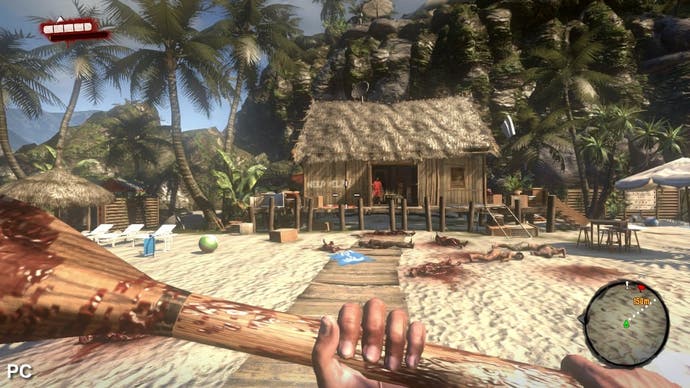



On the console side of things, Sony's system offers up a small lead in image quality, with a sharper presentation and better texture filtering giving the game a mildly clearer look to it. But at the same time it's a real shame that Techland couldn't deliver a suitable level of performance to go along with the slightly better presentation on offer. There's no getting away from the fact that the various issues with heavy frame-rate drops and near continuous screen-tearing more than outweigh the benefits in other areas. In that respect, the Microsoft platform is home to the most consistent gameplay experience, and one that comes with very little cost when it comes down to the overall look of the game. As such, it should be the number one choice for those without a semi-decent PC.
Of course, there is another consideration to make, and that is with regards to online support. Dead Island has clearly been designed with co-operative play in mind with the drop-in/drop-out system allowing various players to interact with each other at any point during the game's campaign. But is this enough to make the PS3 version a worthwhile investment? The overall experience certainly feels better when there are a group of people playing together and while that doesn't mitigate any of the PS3 code shortcomings, it means that you shouldn't completely ignore it if it's your only option.
Article by David Bierton.

